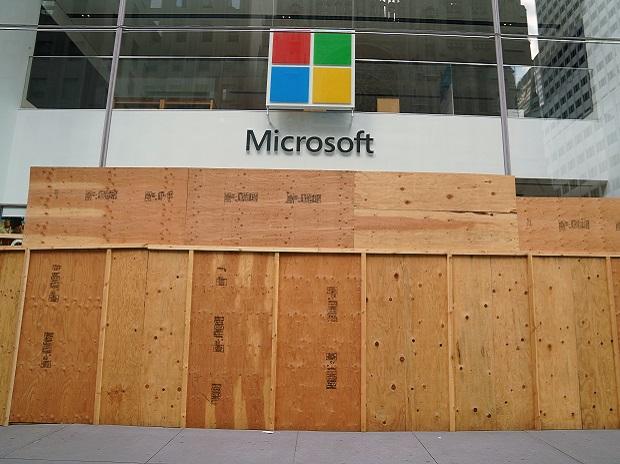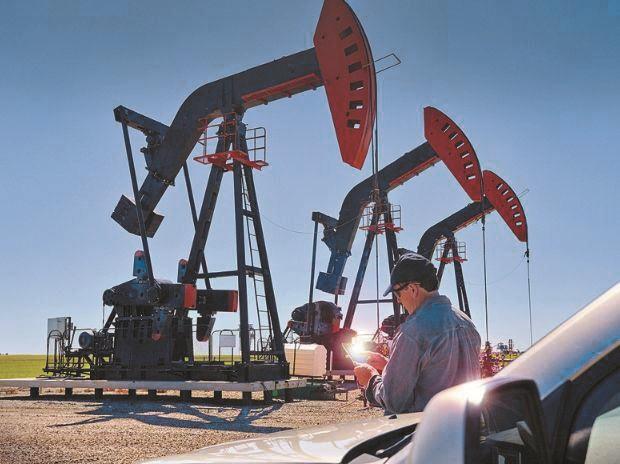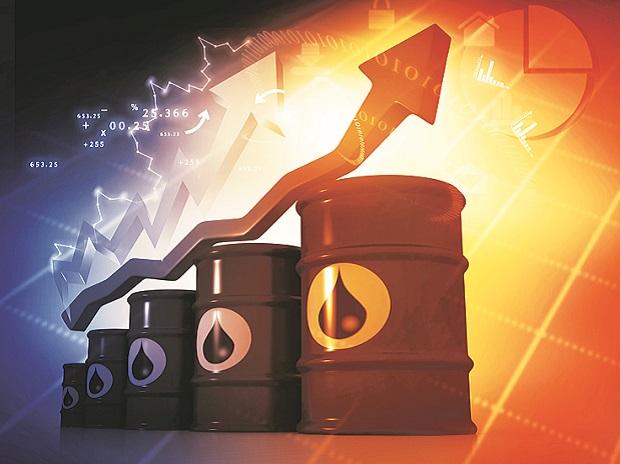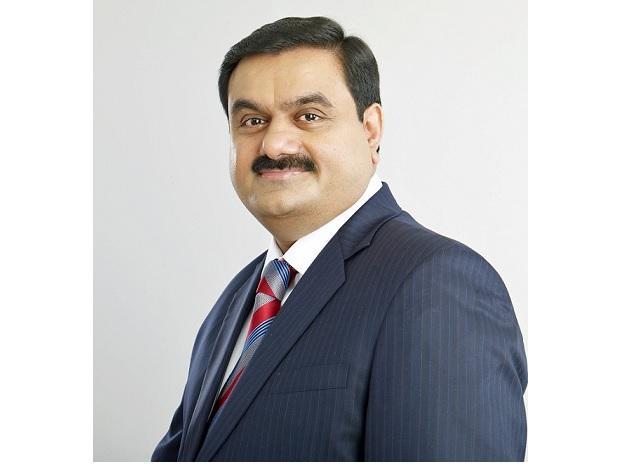The aim is to build a strong communications channel for addressing cyber threats and sharing best practices across the participating countries

With the aim of building a strong communications channel for addressing cyber threats and sharing best practices across the participating countries, Microsoft has launched the first Asia Pacific Public Sector Cyber Security Executive Council.
Consisting of policymakers and influencers from Brunei, Indonesia, Korea, Malaysia, Philippines, Singapore and Thailand, supported by cybersecurity professionals, the council aims to accelerate public-private partnerships in cybersecurity, share threat intelligence, Microsoft said in a statement on Monday.
"Our joint mission is to build a strong coalition, to strengthen our cybersecurity defense," said Sherie Ng, General Manager, Public Sector, Microsoft Asia Pacific.
The APAC countries continue to experience a higher-than-average encounter rate for malware and ransomware attacks -- 1.6 and 1.7 times higher respectively than the rest of the world.
"This collective marks a significant commitment towards accelerating public-private partnerships in cybersecurity while promoting a broader sharing of threat intelligence to be better positioned to respond in the event of attacks," the tech giant said.
The council is set to meet virtually on a quarterly basis to maintain a continuous exchange of information on cyber threats and cybersecurity solutions.
"This coalition certainly establishes stronger partnerships with industry leaders and practitioners that allow us to fortify our security postures and combat cybercrime," said Dato' Ts Dr. Haji Amirudin Abdul Wahab FASc, CEO of CyberSecurity Malaysia.







































